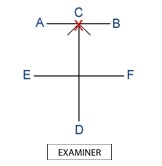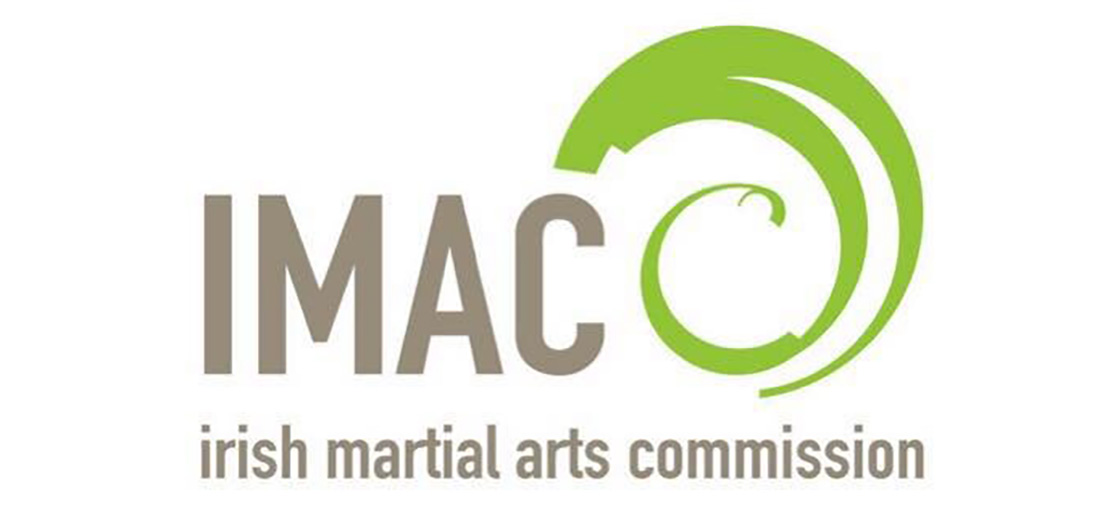Red Tag : Revision
You Are Here: Red Tag
Red Tag 3rd Kup
PATTERN – Toi Gye – 37 movements 
TOI-GYE is the pen name of the noted scholar Yi Hwang (16th century), an authority on neo Confucianism. The 37 movements of the pattern refer to his birthplace on 37th degree latitude, the diagram represents “scholar”.
New Techniques
- Upset fingertip thrust
(Dwijibo sonkut tulgi)
- Twin side elbow thrust
(Sang Yop palkup tulgi)
- W – shape block
(San makgi)
- Pushing block
(Kiokja jirugi)
- Low section knife-hand guarding block
(Najunde sonkal daebi makgi)
- Side back fist strike
(Yop dung joomuk taerigi)
Power Test Techniques
1: Knife-hand strike to target at 45 degree angle
2: Left and Right turning kick to target at 45 degree angle
Power Tests are judged on
1: Proper technique
2: Correct striking tool
3: Proper posture
4: Accuracy
5: Destruction of target
1 Step Sparring – IIbo Matsoki
Attacking and Defending
(One step consists of counter attacks to a single punch in a walking stance. All attacks start from parallel ready stance, first on the right side then on the left side. Counter attacks to punches from either side must be practiced.)
The defender must execute efficient blocking or evading techniques followed by counter attacks consisting of a combination of hand or foot striking techniques or take down techniques. Regardless if the defender is to evade or take down their partner they should always follow through to “finish off’ their attacker
- It is vital that all techniques are correct and focused on the proper target.
- Proper distance and control must be maintained.
- All kicks and punches must be fully extended to the target without striking.
Therefore demonstrating the exponent’s proficiency and control as expected of their grade
Pattern: Toi-Gye

Toi-Gye
Movements – 37
Ready Posture – CLOSED READY STANCE B
1. Move the left foot to B forming a right L-stance toward B while executing a middle block to B with the left inner forearm.
2. Execute a low thrust to B with the right upset finger tip while forming a left walking stance toward B, slipping the left foot to B.
3. Bring the left foot to the right foot to form a closed stance toward D while executing a side back strike to C with the right back fist, extending the left arm to the side downward. Perform in slow motion.
4. Move the right foot to A forming a left L-stance toward A while executing a middle block to A with the right inner forearm.
5. Execute a low thrust to A with the left upset finger tip while forming a right walking stance toward A, slipping the right foot to A.
Your Pattern click on the video below to view
New Techniques Learn these
with thanks to Grand Master Donato Nardizzi.
with thanks to Grand Master Donato Nardizzi.
Questions You may be asked....
- How many moves in Toi-Gye? – 37
- Meaning of Toi-Gye? – Toi-Gye is the pen name of the noted scholar Yi Hwang (16th century A.D), who was an authority on neo-Confucianism. The 37 movements of the pattern refer to his birth-place on 37 degree latitude, the diagram represents “scholar, Gentleman & Samurai”
- What is the 2nd and 5th move of Toi-Gye. Both in Korean & English and explain its target area? – Upset Finger tip thrust – Dwijibun Sonkut Tulgi – Lower Abdomen
- Demo & what is the Korean for slow twin side elbow thrust? – Sang Yop Palkup Tulgi – performed in slow motion
- What is the Korean for “W” shape block? – San makgi
- What is the Korean for “X” fist pressing block? – Kyocha Joomuk Noollo makgi
- What is the Korean for twin front grasp & explain it? – Sang Ap Japki
- What is the Korean for upward Knee kick & explain it? – Ollyo Moorup Chagi
- Name 8 different blocks. Both in Korean & English? – Najunde Bakat Palmok makgi, Kaunde An palmok makgi, Najunde Sonkal makgi, Chookyo makgi, Sang Palmok makgi, Sonkal Daebi makgi, Hechyo makgi, Dollymio makgi, Golcho makgi, Sang Sonkal makgi, Doo Palmok makgi, Digutcha makgi, Noolyo makgi, Sonkal Dung makgi, Kyocha Chookyo makgi, Kyocha Noollo makgi, miro makgi and San makgi
- Name 6 different kicks. Both in Korean & English? – Apcha busigi (front snap kick), Yop chajirugi (side piercing kick), Dollyo chagi (turning kick), Dwit chajirugi (back piercing kick), Bandae Dollyo chagi (reverse turning kick), Naeryo chagi (downward or axe kick), Noollo chagi (pressing kick), Yonsok chagi (consecutive kick)
- Name 7 different stances. Both in Korean & English? – Gunnon (Walking), Annun (Sitting), Niunja(L stance), Narani (Parrallel), Charyot (Attention), Gojong (fixed), Moa (closed), Goburyo (bending), Kyocha ( “X” ), Nachuo (Low), Dwitbal (rear foot) Sogi (Stance).
- Name 7 different hand parts. Both in Korean & English? – Fore fist (Ap Joomuk), Back fist (Dung Joomuk), Side fist (Yop Joomuk), Knifehand (Sonkal), Reverse Knifehand (Sonkal Dung), Finger tips (Sonkut), Arc Hand (Bandal Son), Elbow (Palkup), Palm (Sonbadak), Open fist/palm heel (Pyun Joomuk)
- Name 5 different foot parts. Both in Korean & English? – Ball of the foot (Apkumchi), Foot sword (Balkal), Instep (Baldung), Back Heel (Dwichook), Toes (Balkut), Back sole (Dwitkumchi), Reverse Foot sword (Balkal Dung) Knee (Moorup).
- Name 6 different hand attacks from pattern Joong-Gun. Both in Korean & English? – Upward elbow strike – Wi Palkup Taerigi, Angle punch – Giokja Jirugi, Twin upset punch – Sang Dwijibo Jirugi, Twin Vertical punch – Sang Sewo Jirugi, Ap Fore fist punch – Ap joomuk Jirugi, Backfist Strike – Dung Joomuk Taerigi
- What is the ready position in Toi-Gye. Both in Korean & English? – Closed ready stance “B” – Moa jumbi sogi “B” (Hands 15cm from the Navel)
- Why do we perform 1-step sparring? – To practice and learn distance, timing and correct target areas
- Why do we perform patterns? – To practice both offensive & defensive techniques against imaginary opponent, or opponents. To build strength, speed, balance and timing with your body.
- Why do we learn the meanings of patterns? – To gain inspiration and remember the history of those who came before us.
- How do we generate power into W-shape block? – By using our body weight whilst turning and landing into the block.
- Name 3 different fingertip thrusts. Both in Korean & English? – Upset Finger tip thrust – Dwijibun Sonkut Tulgi, Flat finger tip thrust – Opun Sonkut Tulgi, Straight finger tip thrust Sun Sonkut Tulgi.
- What does the colour red signify? – Red signifies danger, cautioning the student to exercise control, whilst warning the opponent to stay away.
- What is the Korean for Low Double Forearm Pushing Block? – Najunde Doo Palmok Miro Makgi
- One question from previous Gradings! – Remember and know your previous Theory




